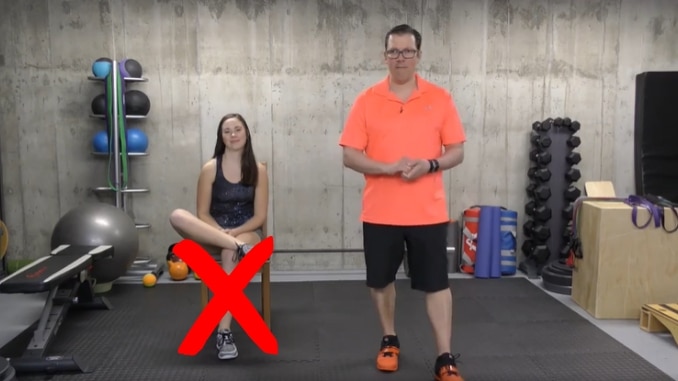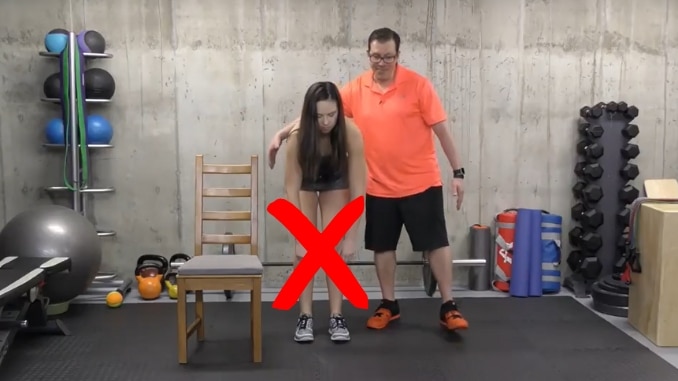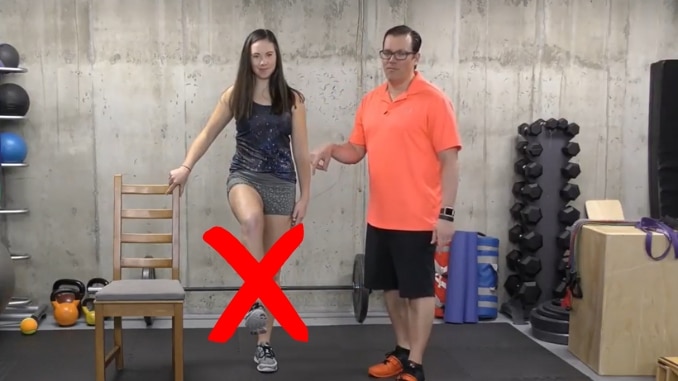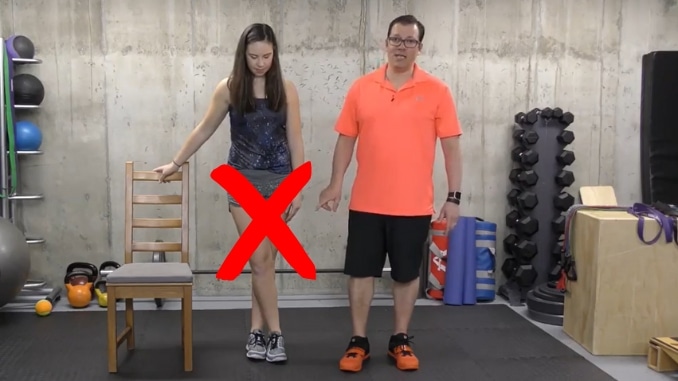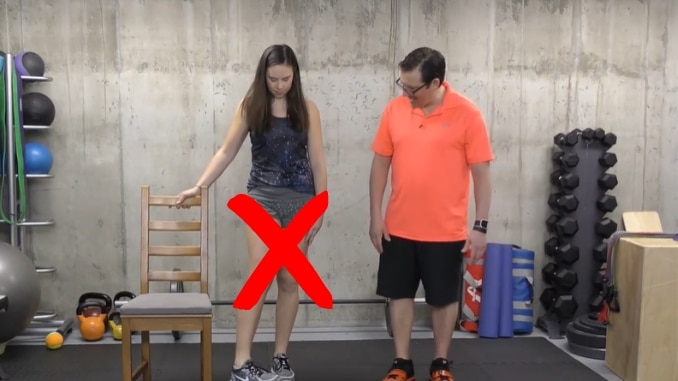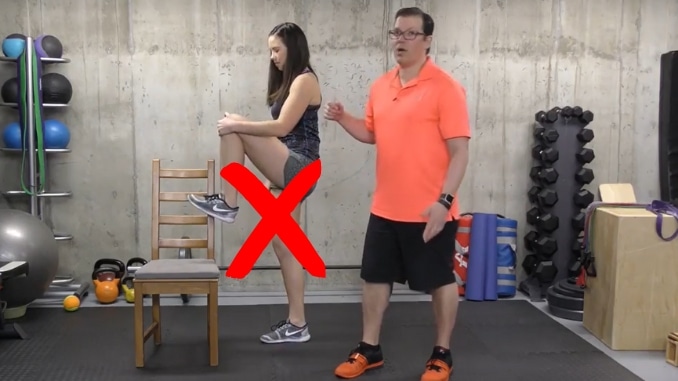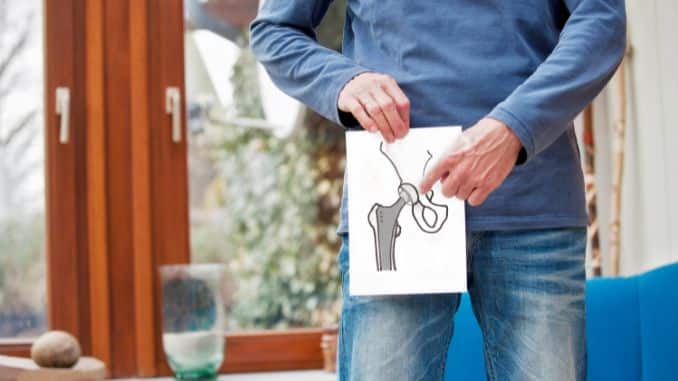
When the hip has been damaged by arthritis, a fracture, or other conditions, common activities such as walking or getting in and out of a chair may be painful and difficult, even after the surgery. This might result in a stiff hip, and putting on your shoes and socks may be hard. You may even feel uncomfortable while resting.
If medications and walking supports do not adequately help your symptoms, Hip Replacement surgery must be considered. Hip replacement surgery is a safe and effective procedure that can relieve your pain, increase motion, and help you get back to enjoying normal activities. Hip replacement surgery is one of the most successful medical operations.
A total hip replacement is a major surgery; the recovery period after the surgery will take a few months before you can completely move comfortably. Here are the general guidelines to ensure the safety and accurate healing process.
Home Care After Hip Replacement Surgery
- Pain medicine should be taken exactly as directed.
- Driving your car must wait until your doctor says OK!
- Wear the support stockings you were given in the hospital. Wear them 24 hours a day for 3 to 4 weeks.
- To relieve discomfort at night, get up and move around.
- Tell all your healthcare providers, including your dentist, about your artificial joint before any procedure. You may need to take antibiotics before dental work and other medical procedures to reduce the risk of infection.
- Arrange to have your staples removed around 2 weeks after surgery. The staples were used to close the skin incision.
Incision Care
- Your incision should be checked daily for redness, swelling, tenderness, or drainage.
- Wash your hands frequently before and after you check or hold your incision to prevent infection. If an infection occurs, it will need to be treated right away. Call your healthcare provider immediately if you think you may have an infection. Symptoms include fever, chills, redness, warmth, or an incision that leaks white, green, or yellow fluid.
- Don’t soak your incision in water until your provider says it’s OK. This means no hot tubs, bathtubs, or swimming pools.
- Wait 5 to 7 days after your surgery to start showering. Then shower as needed. Carefully wash your incision with soap and water. Gently pat it dry. Don’t rub the incision or apply creams or lotions to it. And to prevent falling when showering, sit on a shower stool.
How to Sleep and Sit After Hip Replacement Surgery
- Avoid sitting for more than 30 minutes at a time.
- Don’t sit on low or sagging chairs or couches. Use chairs with arms instead and sit with your knees slightly lower than your hips.
- Don’t lean forward while sitting, and avoid crossing your legs.
- Keep your feet flat on the floor. Don’t turn your foot or leg inward. This will stress your hip joint.
- Raised toilet seat is recommended to be used for 6 weeks after surgery.
- Ask your healthcare provider which sleeping position would be preferable while healing. Use pillows between your legs when sleeping on your back or side.
- Sit on a firm cushion when you ride in a car, and don’t sit too low. Avoid bending your hip too much.
Moving Safely
- Bending over the hips and waist is prohibited while in the healing process. Picking items from the floor is also prohibited.
- Use a cane, crutches, a walker, or handrails until your balance, flexibility, and strength improve. And remember to ask for help from others when you need it.
- Free up your hands so that you can use them to keep balance. Use a fanny pack, apron, or pockets to carry things.
- Follow your healthcare provider’s orders about how much weight to put on the affected leg.
- Walk often and do prescribe exercises as instructed.
- Arrange your household to keep the items you need reach within.
- Remove electrical cords, throw rugs, and anything else that may cause you to fall.
- Use non-slip bath mats, grab bars, a raised toilet seat, and a shower chair in your bathroom.
Recovering from a hip replacement surgery is important, and an exercise program is one of the needed recovery management to help recover.
Here are general guidelines one should follow before engaging in an exercise program after hip replacement surgery.
1. Do Not Have The Knee Past 90 Degrees
You don’t want the knee past the hip. You’re not very often in this movement or position; however, be conscious and avoid going beyond 90 degrees when bending the knee towards your hip.
2. Do Not Cross Your Legs Past The Midline of Your Body
Avoid crossing your legs, whether sitting or standing. This position puts a lot of stress on that total hip replacement.
Another example is if you sit down and cross the leg over, that also puts much stress on that hip replacement.
3. Do Not Rotate The Thigh or Leg In And Out after hip surgery
That’s another movement that stresses the total hip replacement. Another example that you might do is another leg crossing, bringing the knee out. Now we’re focusing on hip rotation which we want to avoid.
4. Do Not Put All of Your Weight On The Leg with hip surgery
If you have a total hip replacement on the left hip, do not put all your weight on that leg. Another example would be kneeling, as it puts all your weight on that knee, and that’s what we want to prevent.
Here is a video on Hip Replacement Guidelines that would be beneficial after hip replacement surgery.
Outlook
Conservative treatments would no longer be effective for people whose daily life is severely affected by debilitating hip pain and loss of range of motion. A hip replacement is then advised. But deciding to get this major surgery should not be taken lightly since possible complications are at hand, and the recovery can take months. This should be decided with your family and a lot of consultation with your medical practitioner.



